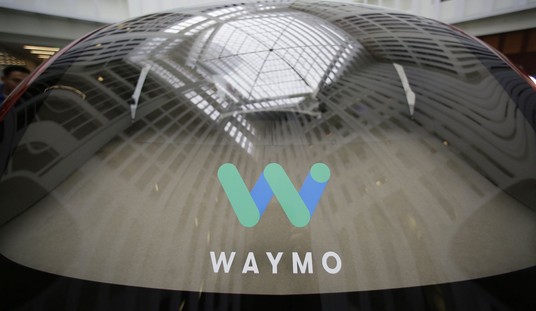Yes, I know what you’re thinking — headlines of this nature really aren’t revelations at all anymore; in fact, they’re getting kind of old and tired, at least by my count. But as long as environmentalists continue to use their political clout to prematurely force their quixotic renewable endeavors upon the masses, at the masses’ expense and for the masses’ “own good,” fear not, for I shall continue to post about it.
According to a report by the WSJ, electricity plants that burn biomass as their energy source (organic materials that qualify as biomass can range from wood chips to animal waste) have received at least $700 million in federal and state subsidies since just 2009, even though they often fail to meet the environmental standards imposed upon their traditional fossil-fuel counterparts.
Yet of 107 U.S. biomass plants that the Journal could confirm were operating at the start of this year, the Journal analysis shows that 85 have been cited by state or federal regulators for violating air-pollution or water-pollution standards at some time during the past five years, including minor infractions. …
Biomass is growing as a source of electricity, its production up about 14% in the past 10 years, according to the Department of Energy. Alternative electricity-production sources as a whole generate about 13% of power in the U.S., and biomass is about 11% of the alternative production.
As federal and state governments promote such sources—largely to cut emissions believed to affect the climate but also for related goals such as providing cleaner air to breathe, preventing acid-rain harm to lakes and reducing reliance on energy imports—biomass plants generally qualify along with wind and solar. …
Nearly all U.S. biomass plants receive government support from subsidies, grants or state-approved power contracts. The federal economic-stimulus act of 2009 provided more than $11 billion for renewable power, of which about $270 million went to biomass plants, in grants administered by the Treasury Department. Other federal agencies involved in such subsidies include the departments of energy and agriculture.
Biomass qualifies as renewable energy because organic waste is easily and infinitely replenished, and gets to fly under the flag of ‘carbon-neutral’ because such materials would slowly decay over time and emit the same amount of carbon as instantaneous burning, albeit at a much more gradual pace — but with the frequent sulfur, carbon monoxide, and various other air-pollutant violations, is the juice really worth the squeeze?
The doling-out of green-energy subsidies isn’t usually linked to environmental compliance, by the way. And, even better, more than thirty states require utilities companies to use some portion of renewable energy as part of their supplies — even though the renewable sources, including biomass, are unfailingly more expensive than traditional fuels. Federal and state subsidies, or ‘necessarily skyrocketing’ energy prices: Either way, it’s all your money!








Join the conversation as a VIP Member